The beadboard adds a charming and distinctive touch to any room, embodying both timeless elegance and cozy cottage aesthetics.

Historically used as a wall covering for practical and decorative purposes, beadboard has evolved to find its place in a myriad of interior design applications, from kitchen backsplashes to bathroom wainscoting.
This guide on how to make beadboard aims to introduce the fundamentals of making beadboard, providing a comprehensive overview that covers the selection of materials, necessary tools, and a step-by-step process to create this classic feature yourself.
Whether you’re a DIY enthusiast looking to enhance your living space or simply curious about the craft, this introduction will set the stage for mastering the art of beadboard creation.
What is Beadboard?
Beadboard, also known as wainscoting, is a type of paneling that consists of narrow vertical wooden planks with a beaded design carved into the edges. This design element gives beadboard its signature look and adds texture and depth to any surface it covers.
You can find beadboard in various forms, such as tongue-and-groove boards or pre-fabricated panels.
It is available in a wide range of materials, including wood, medium-density fiberboard (MDF), and PVC. Each material offers unique benefits, depending on your project’s specific needs.
But regardless of the type and material used, beadboard is a versatile feature that can bring charm and character to any room. It is also relatively easy to make, making it an excellent DIY project for beginners.
Materials Needed
Before you start making your own beadboard, it’s essential to gather all the necessary materials. Here’s a list of what you’ll need:
Wood Boards or Pre-fabricated Beadboard Panels:
The type of material you choose will depend on your project’s needs and personal preference. For a more traditional and authentic look, consider using solid wood boards. However, if you want to save time and effort, pre-fabricated panels are a great alternative.
Wood Glue:
This will be used to attach the individual boards together.
Nails or Screws:
You will need these to secure the beadboard to your wall or surface.
Sandpaper:
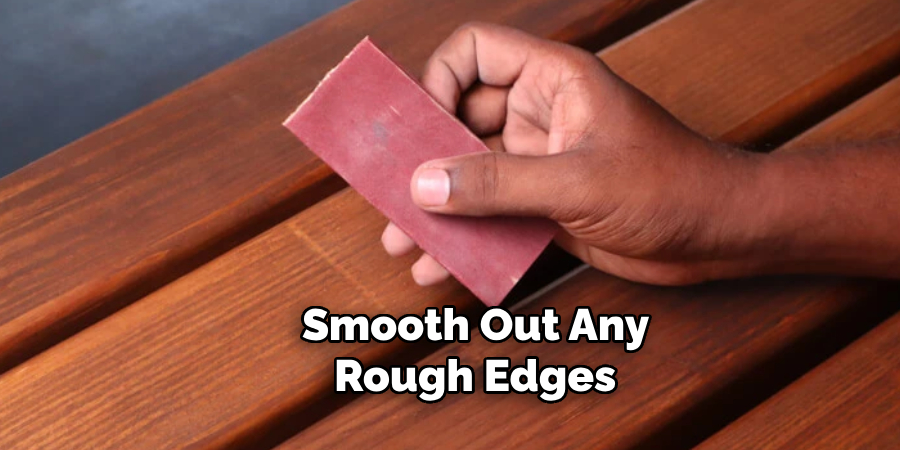
To smooth out any rough edges and ensure a polished finish.
Paint or Stain (Optional):
If you want to add color or preserve the natural look of the wood, you can choose to paint or stain your beadboard.
Tools Needed
Aside from the materials, you will also need a few tools to create your beadboard:
Saw:
Cut the boards to the desired length.
Measuring Tape and Pencil:
To mark and measure the boards accurately.
Nail Gun or Hammer:
To secure the boards in place.
Sanding Block or Electric Sander:
For sanding down any rough edges.
Paintbrush or Roller (Optional):
If you choose to add color to your beadboard, you will need these tools to apply the paint or stain evenly.
8 Simple Step-by-step Process on How to Make Beadboard
Now that you have all the necessary materials and tools follow these steps to make your very own beadboard:
Step 1: Measure and Cut the Board
Begin by measuring the height and width of the area where you intend to install the beadboard.
Use a measuring tape to get accurate dimensions. With these measurements in hand, mark the dimensions on your wood boards or pre-fabricated beadboard panels using a pencil. Ensure each mark is clear and precise for accurate cutting.
Next, secure the board on a stable cutting surface. Using a saw, carefully cut along the marked lines.
Be sure to follow safety procedures while handling the saw to prevent any accidents. After cutting, check the piece to ensure it fits the measured area correctly. Repeat this process for all pieces needed for your project.
Step 2: Sand the Boards
Once all the boards have been cut to the correct dimensions, the next step is to prepare their surfaces by sanding. Begin with coarse-grit sandpaper to remove any roughness or irregularities from the cutting process.
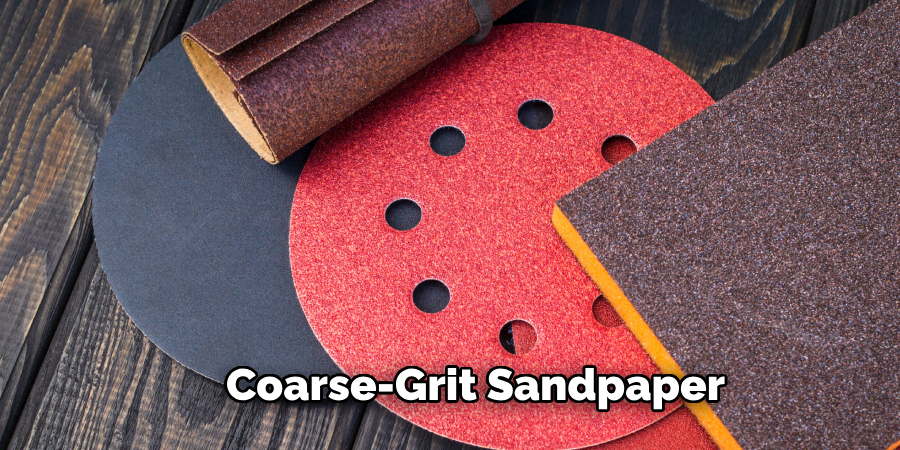
Sand each board thoroughly, ensuring all edges and faces are smooth to the touch. After the initial sanding, switch to a finer-grit sandpaper to refine the surface, making it ready for painting or staining.
This not only improves the appearance of the beadboard but also ensures a better adhesion for any finishes you plan to apply.
Always remember to wear protective gear, like a dust mask and safety goggles, to shield yourself from the wood dust generated during sanding.
Step 3: Create the Beaded Edges
To achieve the distinctive beaded look of traditional beadboard, you’ll need to carve grooves into the face of each board. If you’re starting with solid wood boards, use a router equipped with a beading bit.
Carefully adjust the router to the correct depth according to the size of the bead you want to create. For each board, guide the router along the length, maintaining a steady pace to ensure a uniform groove.
For those using pre-fabricated panels, this step might already be completed for you, depending on the style you’ve chosen.
However, if additional beading is desired or if you’re aiming to customize the pattern, the same process using a router can be applied.
Practice on a spare piece of wood before moving on to your actual beadboard to get a feel for the tool and the process.
This step requires attention to detail and a steady hand, but it’s crucial for adding that classic beadboard texture to your project.
Once you’ve created the beaded edges on all your boards or panels, you’re ready to move on to the next phase of installation.
Step 4: Test Fit
Before proceeding with the final installation, it’s important to test the fit of your beadboard panels or boards. This step ensures that all pieces fit perfectly in the designated space and allows for any necessary adjustments before securing them permanently.
Place each piece of beadboard against the wall or surface area where it will be installed, making sure that each panel or board is aligned correctly with its neighbors and the overall layout of the room.
If any pieces are too long or wide, mark the area that needs trimming with a pencil. Check for any gaps or misalignments and adjust as necessary until you are satisfied with the overall fit.
This meticulous approach prevents potential issues during the actual installation, saving time and reducing the likelihood of wasting materials.
Step 5: Install the First Board
Start installing your beadboard by securing the first panel or board to the wall. It’s recommended to start at the top of the designated area and work your way down for a more seamless finish.
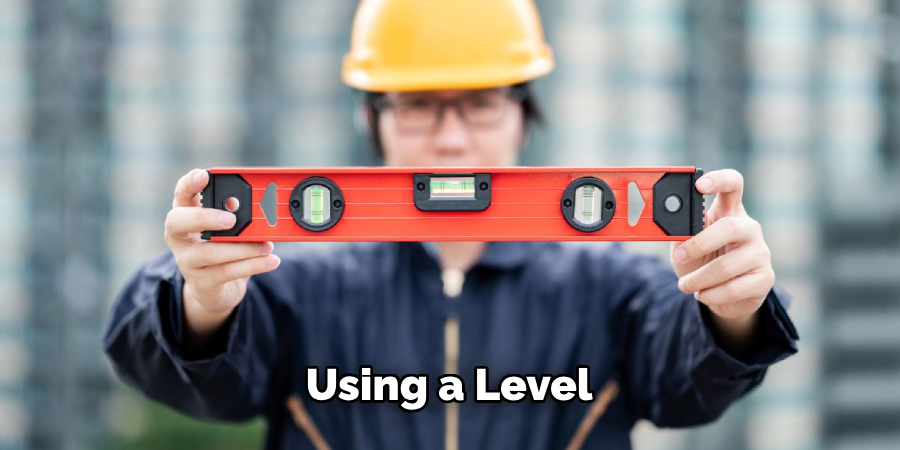
Using a level, ensure that the board is straight before attaching it with nails or screws.
If you’re using solid wood boards, apply a small amount of wood glue to the backside before nailing or screwing it in place.
You can also use a nail gun for a faster and more efficient installation. For those using pre-fabricated panels, follow the manufacturer’s instructions for proper installation.
Repeat this step for each subsequent piece, ensuring they are snugly fitted against each other without any gaps.
Step 6: Continue Installing Boards
Keep adding boards or panels adjacent to the first, making sure that each piece is perfectly aligned and fits snugly against its neighbor.
Use a level with each piece to ensure that all boards are installed straight and true. For a seamless look, boards should be pressed together as closely as possible to minimize visible seams.
When you encounter obstacles such as outlets, switches, or plumbing, measure and cut the boards accordingly to fit around these components.
Careful cutting and fitting are essential for a professional-looking finish. Use nails or screws at regular intervals to secure each board firmly to the wall, checking regularly that everything remains aligned and flush.
Repeat this process until the entire area is covered, making sure to fill any gaps or spaces with appropriately sized pieces of beadboard.
This step is crucial for achieving a cohesive and polished appearance upon completion of your beadboard installation project.
Step 7: Finishing Touches
Once all the boards or panels are installed, it’s time to add the finishing touches. If desired, you can paint or stain your beadboard to match your existing décor.
Before applying any finishes, make sure to clean and prep the surface by removing any dust and debris from sanding or cutting. Be sure to apply the finish evenly and allow it to dry completely before adding a second coat if necessary.
Once your beadboard is installed and finished, stand back and admire your handiwork. It’s a beautiful addition that adds character and charm to any room.
With proper installation, maintenance, and care, your beadboard will last for years to come, providing timeless elegance wherever it’s installed.
Step 8: Maintenance and Care

To keep your beadboard looking its best, it’s essential to perform regular maintenance and care. Avoid using harsh chemicals or abrasive cleaners that can damage the surface of your beadboard. Instead, use a mild soap and water solution to gently clean any dirt or stains.
If your beadboard has been painted, touch up any nicks or scratches with matching paint to maintain a seamless appearance.
For stained beadboard, consider reapplying a coat of stain or sealant every few years to protect the wood and restore its luster.
Proper maintenance will ensure that your beadboard continues to be a beautiful and valuable addition to your home for years to come.
Following these steps on how to make beadboard will result in a successful and professional-quality installation of beadboard. Now that you have the tools and knowledge, you can tackle this project with confidence and enjoy the timeless beauty it brings to your space!
Alternative Methods for Making Beadboard
While the traditional router method is highly effective for creating beadboard, there are alternative techniques that can also achieve desired results, catering to different skill levels and equipment availability.
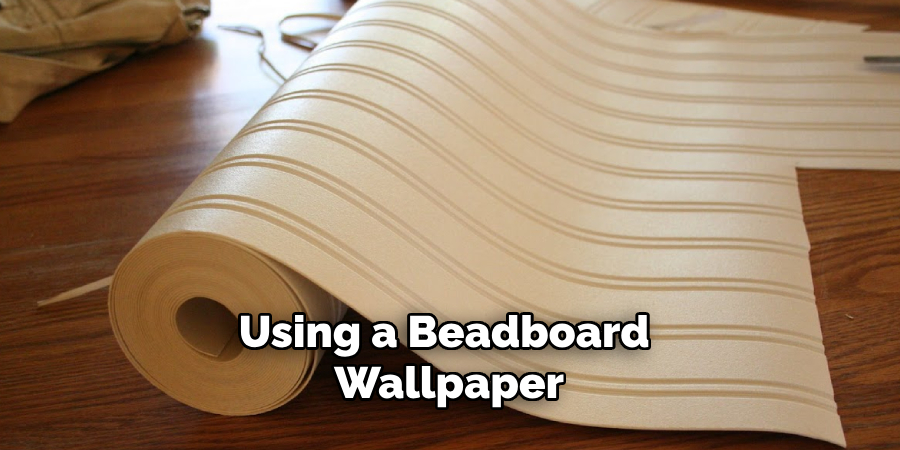
One such method involves using a beadboard wallpaper, which can mimic the texture and depth of actual beadboard panels with significantly less effort and expense.
This approach is ideal for those looking for a quick update or for renters seeking a temporary solution.
Another innovative method is utilizing CNC machines for those who have access to digital fabrication tools.
CNC routers can precisely carve detailed patterns into wood panels, allowing for custom designs and intricate detailing that are not easily achievable with hand tools.
This method is best suited for advanced users or professionals seeking to create unique or bespoke beadboard patterns.
For a more rustic or DIY approach, creating beadboard effects with simple wood strips can be an alternative.
By adhering evenly spaced strips of wood onto a flat panel and painting over the entire surface, DIY enthusiasts can craft a beadboard-like appearance with materials that may already be on hand.
Each alternative method offers a unique set of advantages, whether it’s ease of installation, cost-effectiveness, or the ability to customize. Depending on the project requirements and the resources available, these alternative methods can provide flexible solutions for incorporating the charm of beadboard into any space.
Additional Tips and Tricks
- Be mindful of the direction of your beadboard installation – horizontal or vertical can create different effects in a room.
- Use caulk to fill gaps between boards for a seamless look.
- Consider using beadboard wallpaper as a budget-friendly alternative to traditional wood beadboard.
- Experiment with colors and finishes to add your personal touch to the beadboard.
- Be sure to measure and plan carefully before cutting and installing to avoid any mistakes or wasted materials.
- Use a level throughout the installation process to ensure straight and even placement of each board or panel.
- If using solid wood boards, let them acclimate to the room’s temperature and humidity for at least 48 hours before installation.
- Don’t be afraid to ask for help or advice from professionals if you encounter any challenges during the installation process.
- Consider adding a chair rail or molding for a more decorative touch and added protection to your beadboard.
- Enjoy the satisfaction of completing this DIY project and showcasing your skills and creativity in your home!
Frequently Asked Questions
Q: Can I Use Beadboard in a Bathroom or Other High-moisture Areas?

A: Yes, beadboard is suitable for use in bathrooms and other areas with high levels of humidity. However, it’s essential to properly seal and maintain the beadboard to prevent any warping or damage from moisture exposure.
Q: Is Beadboard Suitable for Exterior Use?
A: Beadboard is typically not recommended for exterior use as it may not hold up well against harsh weather conditions and constant exposure to sunlight. Instead, opt for materials specifically designed for outdoor use. You can still achieve a similar look indoors by using an exterior-grade beadboard for interior applications.
Q: Can I Use Beadboard to Cover Uneven or Damaged Walls?
A: Yes, beadboard is an excellent option for covering up uneven or damaged walls. However, it’s essential to ensure that the underlying structure is stable and properly prepared before installation.
However, beadboard can provide a quick and affordable solution for updating the look of a room with imperfect walls.
Q: Is Beadboard Easy to Remove if I Want to Change It in the Future?
A: Removing the beadboard is relatively easy and does not require any special tools or techniques.
However, it’s crucial to be careful when removing trim pieces or paneling to avoid damaging the wall underneath. Consider labeling each piece before removal to help with reinstallation if desired. The process may be more challenging for panels that have been glued or nailed into place. In this case, it’s best to seek professional assistance.
Q: Can I Paint or Stain Beadboard?
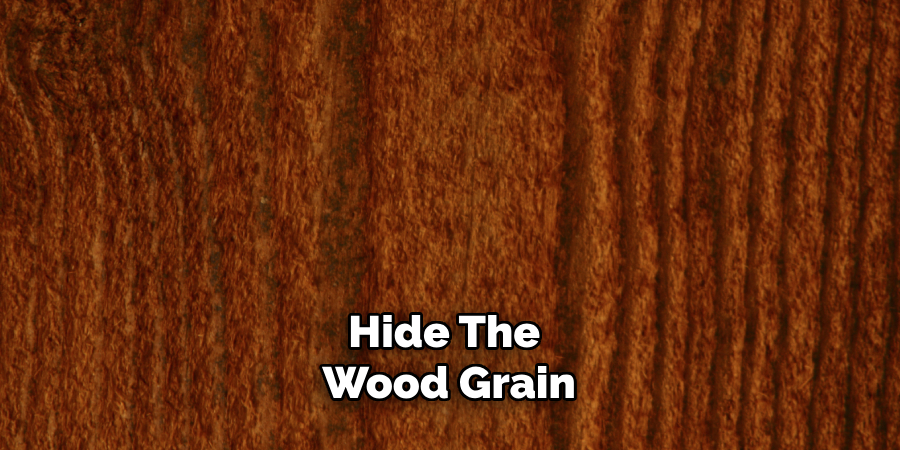
A: Yes, beadboard can be painted or stained to achieve various aesthetic effects. Keep in mind that painting may hide the wood grain and texture of the beadboard, while staining will enhance it.
Make sure to use high-quality paint or stain for a durable finish. For best results, test out different colors and finishes on a small area before completing the entire project.
Conclusion
Completing a beadboard installation project is a satisfying venture that not only enhances the visual appeal of your space but also adds value to your home. By following the detailed steps outlined from preparation to finishing touches, even novices in DIY home improvement can achieve professional-quality results.
Remember, the key to a successful beadboard installation lies in careful planning, precise measurement, and meticulous execution. Whether you opt for a traditional wood beadboard or explore alternative materials like beadboard wallpaper, the transformation it brings to your room is undeniable.
With the addition of your personal style through paint, stain, or additional decorative elements, your beadboard will become a testament to your craftsmanship and a focal point in your home decor.
Keep this guide handy for your next project, and always continue to explore new ways to enhance your living space with creative and practical DIY projects. Thanks for reading this article on how to make beadboard.
